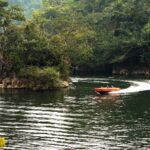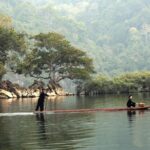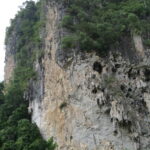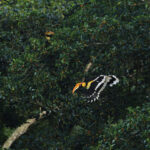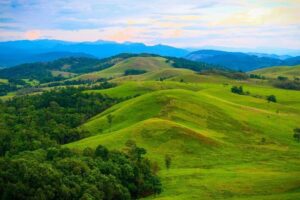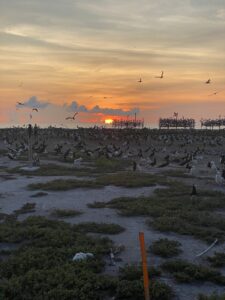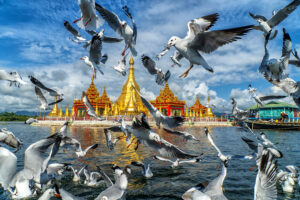The Park is named after Ba Be Lake, Viet Nam’s largest and highest natural freshwater lake, situated at about 150 meters above sea level. Ba Be means ‘three lakes’, or ‘Slam Pe’ in the local Tay language. These lakes are: Pe Leng, Pe Lu, and Pe Lam.
Ba Be is sometimes referred to as the “Ha Long Bay of the mountains”. Established in 1992, Ba Be National Park is located in Bac Kan Province, and covers 10,048 hectares.























